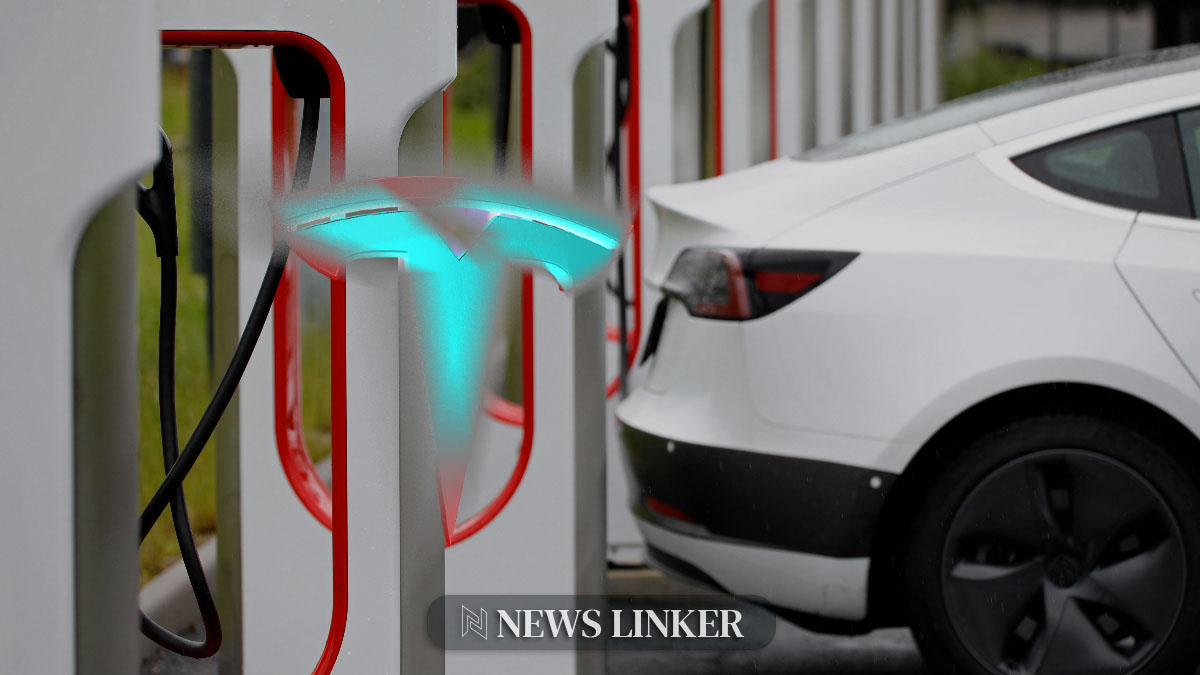Tesla has recently adjusted the pay scales for its workforce in the United States, with a particular focus on workers at its gigafactories and offices. These adjustments are influenced by local living costs, leading to regional wage disparities. The internal documents highlight a minimum pay increase for factory workers, which will vary depending on the facility’s location. Austin, Texas and Sparks, Nevada employees are on the lower end of the pay increase, while those in Fremont and Palo Alto, California, are on the upper end.
Wage Structure and Advancement Opportunities
The leaked documents detail a new pay structure with seven distinct levels for factory workers and an additional two for those in leadership roles. Employees have the potential to ascend the pay ladder based on semi-annual performance reviews, aligning with Tesla’s biannual performance periods. Additionally, a bonus system called ‘Cyber Wallet’ further incentivizes strong performance.
Tesla’s Union Relations and Employee Development
The salary modifications came amid Tesla’s ongoing interactions with unions, both within the US and internationally. The United Auto Workers Union (UAW) has recently turned its attention to electric vehicle manufacturers including Tesla, following successful negotiations with major automotive players. Tesla is also navigating a union-led strike in Sweden. Despite union challenges, Tesla prides itself on its employee retention and internal promotion policies, as detailed in its Form 10-K report.
Tesla’s approach to employee welfare and compensation is multifaceted. The company not only offers competitive salaries but also provides attractive benefits such as stock ownership opportunities, comprehensive health benefits, and a work environment conducive to career growth. These strategies are part of Tesla’s efforts to maintain a dedicated and high-quality workforce.
The overall picture painted by Tesla’s internal documents and public filings is one of a company striving to balance competitive pay with a supportive work environment. This is likely in response to both external pressures, such as unionization efforts, and internal goals, such as fostering a capable and loyal workforce committed to the company’s mission.










